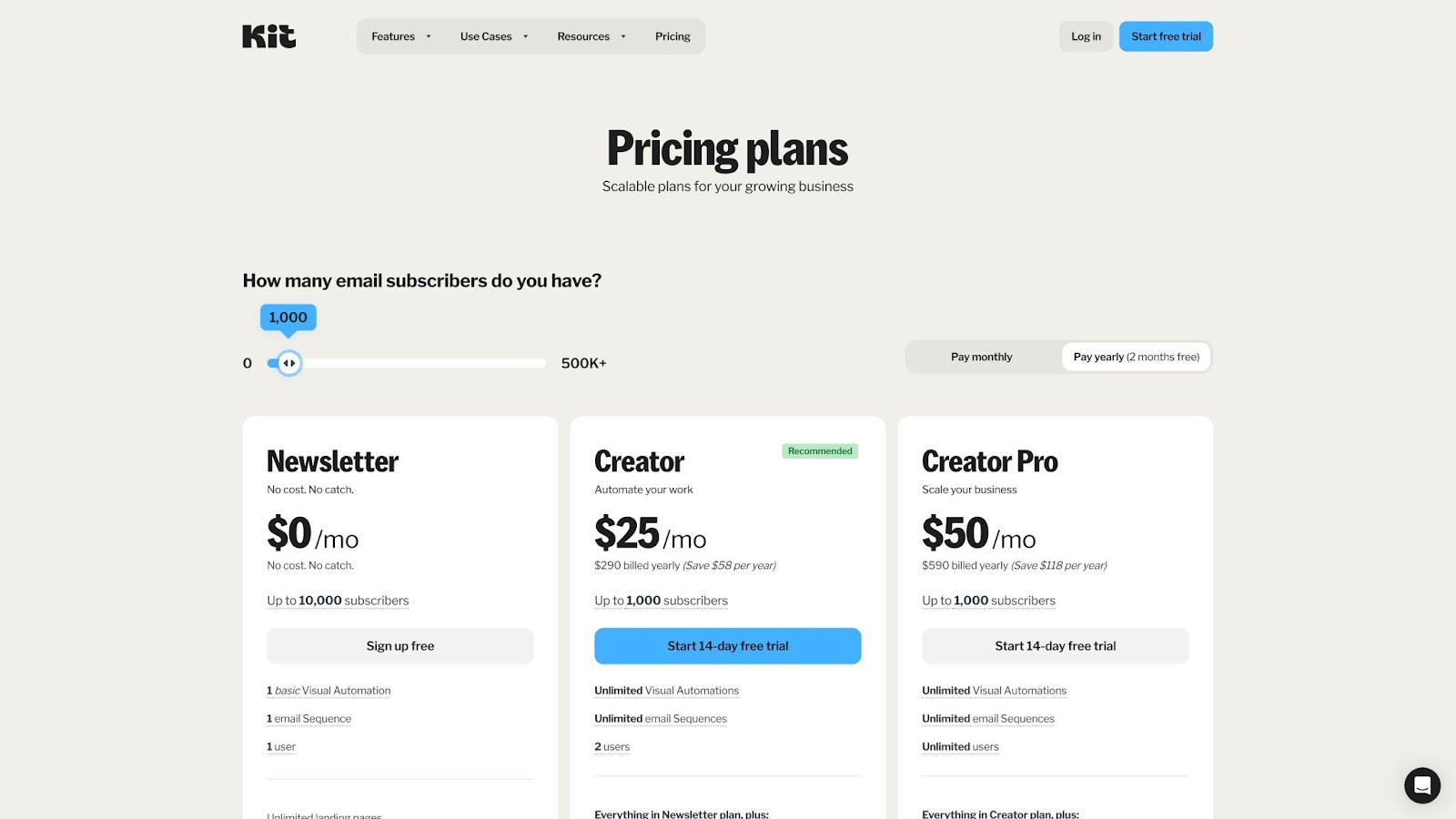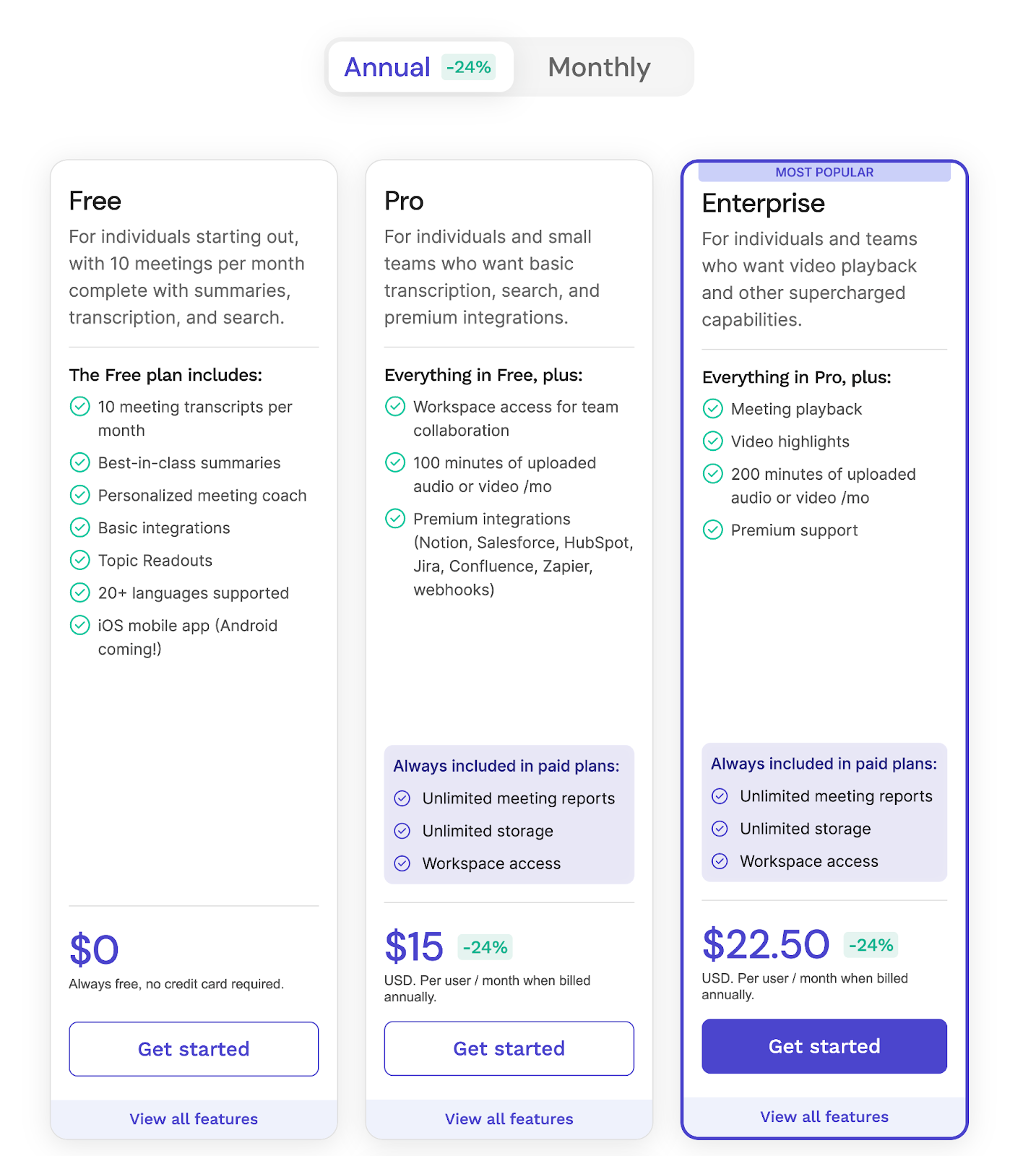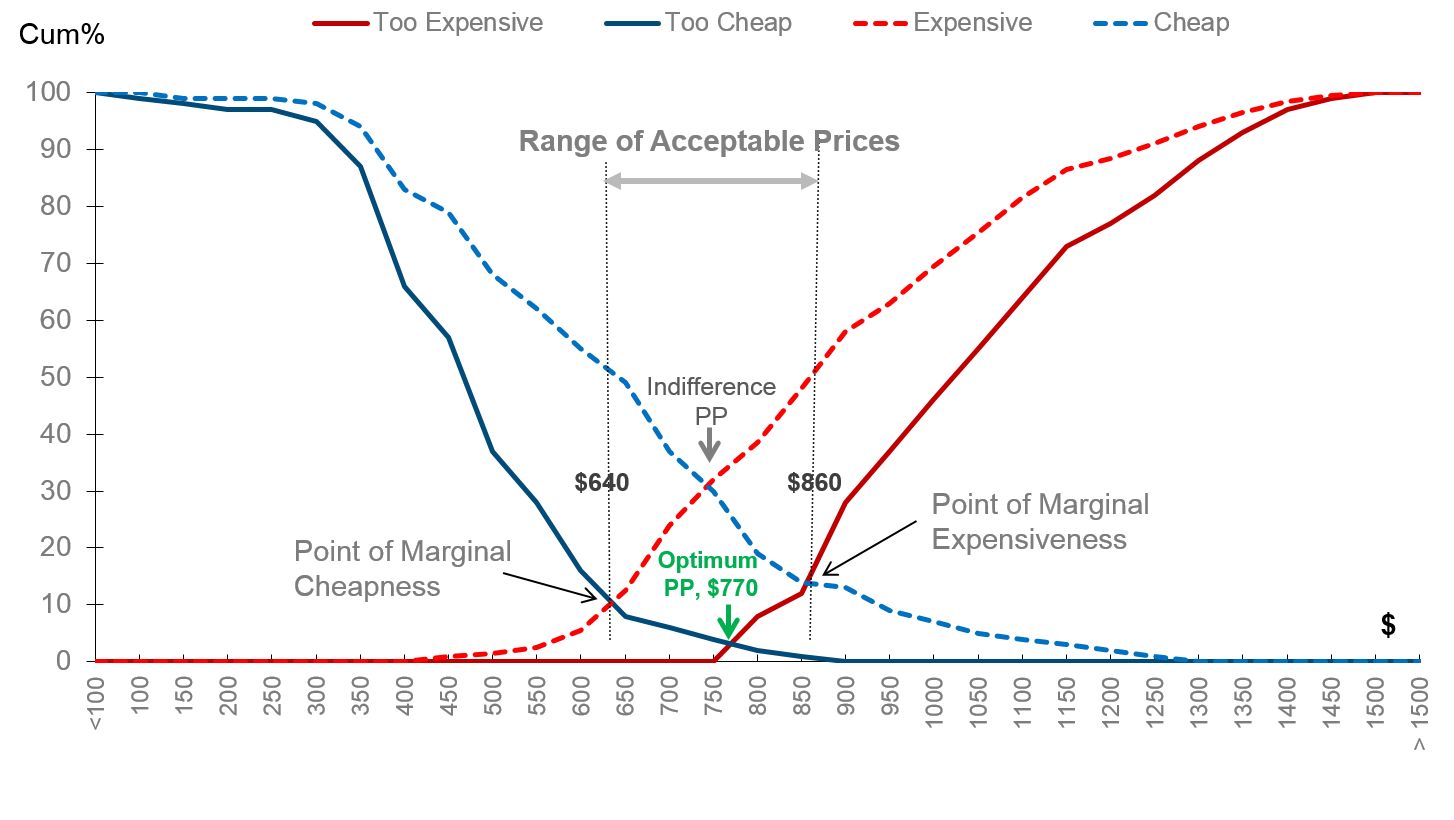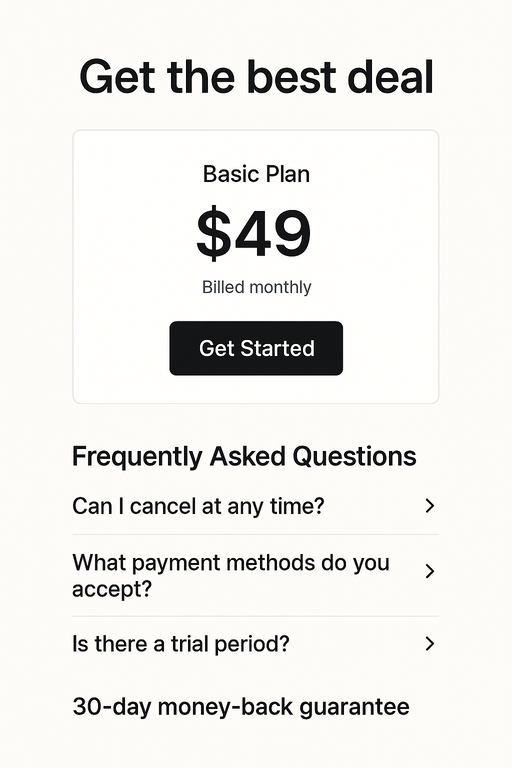
Quick question: How long did you spend crafting your pricing page?
Be honest.
Whether you threw something together quickly or went through a detailed process with competitive analysis and stakeholder input, here's what probably happened: You ended up with a pricing page that doesn't convert nearly as well as it should.
The good news? You can fix this problem in under 15 minutes using a proven framework that actually converts visitors into paying customers.
The Solution: A Custom GPT That Does the Heavy Lifting
To make building high-converting pricing pages as simple as possible, we've created a custom tool that handles the complex work for you. The ProductLed Pricing Page Builder walks you through our entire framework, analyzes your competitors, suggests optimal prices, and outputs a complete pricing page you can ship today.
Watch me use it live here:
The 4-Step Value Ladder Framework
Here's the complete framework the GPT uses, so you understand the strategy behind each step:
Step 1: Nail Your Value Metric
Your value metric should be the core thing that drives customer success in your product.
Ask yourself: What do your best customers do a lot in your product? What metric grows as they get more value?
For example, look at Kit's pricing page. The price increases based on the number of email subscribers they have.

- Sometimes it's usage-based (API calls, storage)
- Sometimes it's outcome-based (revenue generated)
- Sometimes it's seat-based, but only if adding team members directly correlates with more value
Get this wrong and everything else falls apart. Get it right and your pricing scales beautifully with customer success.
Step 2: Build Your Pricing Matrix
Most product-led companies only need three plans:
- Free (to hook users)
- Growth/Pro (where most conversions happen)
- Enterprise (for big accounts)
Here's an example from read.ai:

Each plan needs a crystal-clear one-liner that screams, "This is for someone like me."
The goal should be to pass the 5-second test. Visitors should instantly know which plan fits them.
Step 3: Find Your Sweet Spot Price
Here's where it gets scientific. Use the Van Westendorp pricing survey to test willingness to pay.

Ask two simple questions:
- "What's an acceptable price for this?"
- "When would this feel expensive?"
The intersection of these answers = your optimal price range.
This is how OpenAI landed on the $20/month pricing plan. There are two other methods that are more relevant if you're an early-stage startup.
Step 4: Put It All Together
Create a simple pricing page with:

- A headline that positions your price as a great deal
- Your pricing matrix
- FAQ addressing top objections
- Risk reversal (guarantees, free trials, etc.)
Remember: Your pricing isn't set in stone. The companies that win constantly test and optimize based on real data, not gut feelings.
Why This Framework Works
By implementing the right pricing strategies, you can unlock significant benefits for your SaaS business:
Increased Conversions: A clear, value-driven pricing page eliminates confusion and guides visitors toward the right plan for their needs.
Better Customer Fit: When customers can easily identify their ideal plan, they're more likely to convert and stick around long-term.
Optimized Revenue: Pricing based on value metrics and willingness to pay maximizes your revenue potential from each customer segment.
Competitive Advantage: A well-structured pricing page differentiates you from competitors who rely on guesswork or copycat strategies.
The key is moving beyond arbitrary pricing decisions toward a systematic approach that aligns with customer value and market reality. Start with this framework, then continuously test and optimize based on real customer behavior and conversion data.
Next Steps
Ready to implement this framework? Start by auditing your current pricing page against these four steps and identify what needs strengthening.
For deeper training on product-led growth strategies, check out the ProductLed MBA, The Product-Led Playbook, or work with a ProductLed Implementer for hands-on support.
The most important thing is to start testing small improvements to your pricing page, as they can have a massive impact on your bottom line.




















